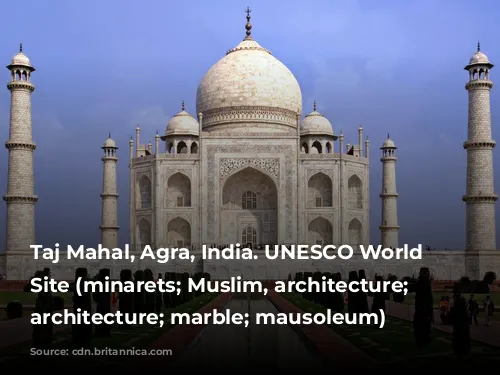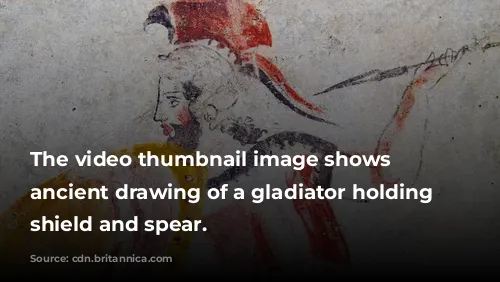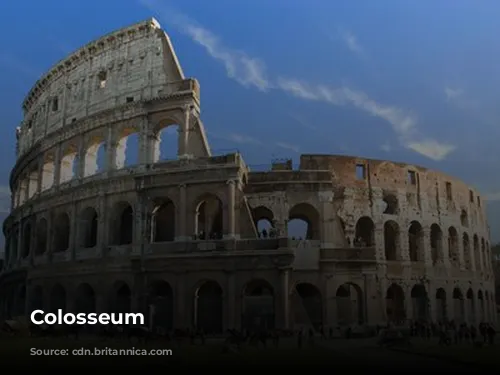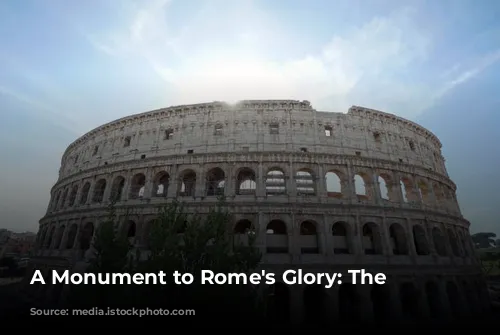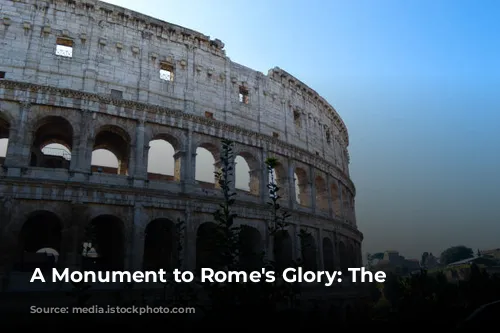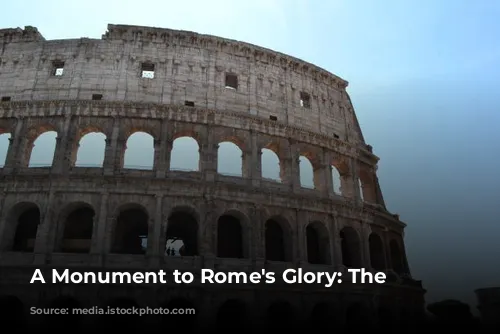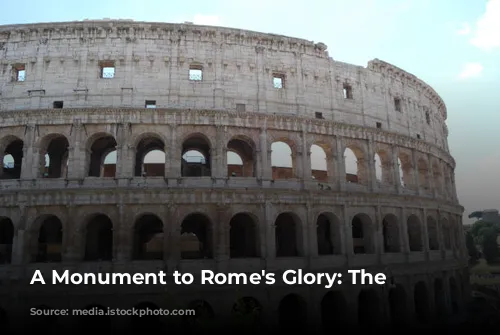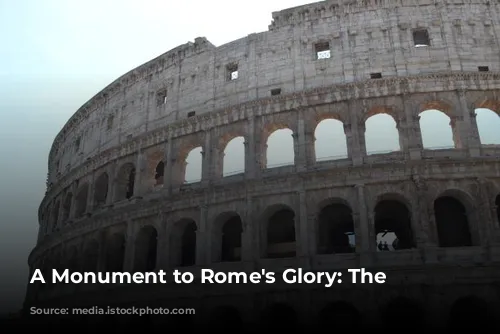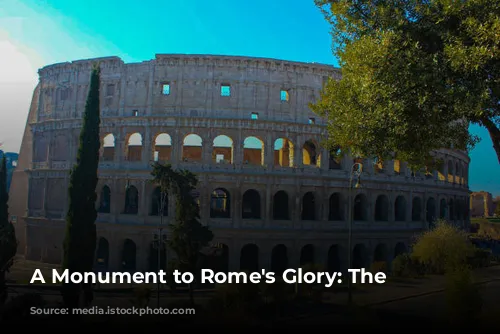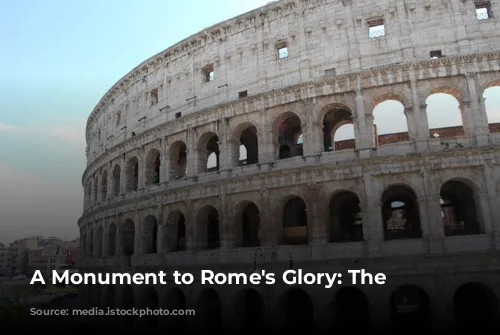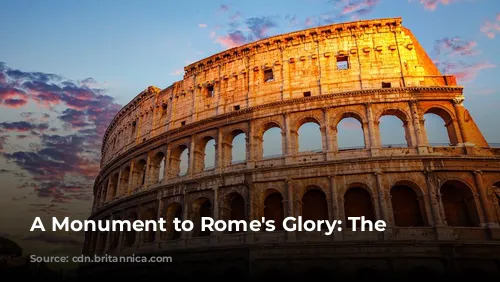The Colosseum is a powerful symbol of ancient Rome’s architectural and engineering brilliance. As one of the few surviving structures from the Roman Empire, it stands as a testament to their skill and creativity. Today, it’s not only a historical landmark but also a significant source of tourism revenue for Italy. In 2018 alone, the Colosseum, Roman Forum, and Palatine Hill attracted millions of visitors, generating over $63.3 million (€53.8 million), making it the most popular tourist destination in Italy.
A History of Rise and Fall
The Colosseum’s journey is one of triumph and decline. Originally built to revitalize Rome after the tumultuous “Year of the Four Emperors” in 69 CE, it was intended as an entertainment hub. Emperor Vespasian, known for his practicality, envisioned it as a place for gladiatorial combats, animal hunts, and even mock naval battles. Construction began under his reign between 70 and 72 CE, and the completed structure was dedicated in 80 CE by his son and successor, Emperor Titus. The Colosseum’s fourth story was later added by Emperor Domitian in 82 CE. Notably, the arena’s construction was funded by the spoils from Titus’s conquest of Jerusalem in 70 CE, using enslaved Jewish laborers from Judaea.
After the fall of the Western Roman Empire, the Colosseum fell into a state of disrepair. It was used as a fortress by the Frangipane and Annibaldi families in the 12th century and later as a quarry by Pope Alexander VI in the 15th century. This long period of neglect saw the Colosseum stripped of its marble seats and decorative materials, leaving it a shell of its former glory. It was not until the 1990s that state-funded restoration efforts began, breathing new life into this once-grand structure.
A Colossal Structure: The Flavian Amphitheatre
The Colosseum is an elliptical structure made of stone, concrete, and tuff, rising to four stories at its highest point. This architectural masterpiece measures 620 by 513 feet (189 by 156 meters), capable of holding a staggering 50,000 spectators. The Colosseum was a sight to behold, with its three stories encircled by arcades framed by engaged columns in the Doric, Ionic, and Corinthian orders. This innovative architectural design became a cornerstone of Renaissance architecture, influencing the “assemblage of orders.”
The Colosseum was designed for comfort and spectacle. Spectators were protected from the sun by a massive retractable awning known as the velarium. This intricate system, operated by hundreds of Roman sailors, utilized masts extending from the upper story of the Colosseum. The arena was the stage for thousands of gladiatorial combats, animal fights, and even mock naval battles, providing entertainment for the masses. However, there is no definitive evidence to support the popular belief that the Colosseum was the site of early Christian martyrdoms.
A Legacy of Entertainment and Restoration
The Colosseum’s story is one of enduring resilience. From its glory days as a hub of Roman entertainment to its neglect and repurposing as a fortress and quarry, the Colosseum has seen it all. While the grandeur of its past may have faded, the Colosseum remains an iconic landmark and a constant reminder of the ingenuity of the Roman Empire. Today, the Colosseum is one of Rome’s most beloved tourist attractions, drawing millions of visitors each year. It stands as a testament to Rome’s rich history and serves as a platform for showcasing the cultural heritage of ancient Rome through regular exhibitions.
The Colosseum is a symbol of Rome’s past, present, and future. It is a powerful reminder of the enduring spirit of the Roman Empire and its lasting impact on the world.
